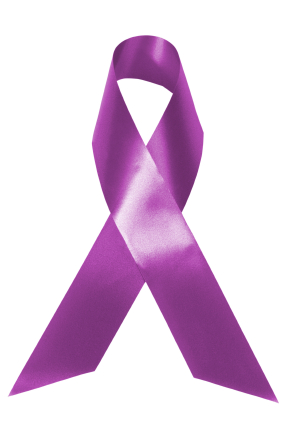 Fibromyalgia Awareness Day is this Sunday, May 12, 2013. Here are a few details on this condition.
Fibromyalgia Awareness Day is this Sunday, May 12, 2013. Here are a few details on this condition.
What is fibromyalgia?
Fibromyalgia is a condition that causes pain throughout the muscles of the body. Patients often compare it to a flu-like ache and fatigue that never goes away.
What are some symptoms of fibromyalgia?
- Overall body and muscle aches in arms, legs and trunk
- Multiple tender points in specific areas (see picture)
- Myofascial trigger points (tight, knotted muscles)
- Extreme fatigue
- Difficulty getting restful sleep even after sleeping for a long time
- Difficulty recovering from activities such as exercise and housework
- Commonly associated with IBS (irritable bowel syndrome), TMJ (temporomandibular joint pain), headaches, multiple chemical sensitivity
- “Fibro Fog” or difficulty thinking and remembering things
What causes fibromyalgia?
Unfortunately, the cause is not known. There is current research looking for answers but as of yet we don’t understand why people get fibromyalgia.
What tests are there to diagnose fibromyalgia?
Again, because it is not known what causes fibromyalgia, there are no specific tests . A physician usually rules out other conditions for which there are tests (rheumatoid arthritis, infection) and looks for complaints of the common symptoms above. Typically a diagnoses is made in people with widespread pain in arms, legs, and trunk that has lasted for at least 3 months and includes muscle tender points in 11 out of 18 spots.
What treatment is there for fibromyalgia?
- Medications to help improve sleep, pain, relax muscles, calm nerves
- Physical Therapy for trigger points, gentle exercise, relaxation techniques, stretching, education in activity level management
- Trigger point injections
Is there a cure?
At this point, there is not. Fibromyalgia tends to be chronic. Symptoms may vary and get better and worse throughout a person’s life.
Does exercise really help?
The quick answer is definitely yes. However, the best exercise for fibromyalgia is not necessarily the typical exercise program for a normal person. People with fibromyalgia have special needs and considerations related to their fatigue and difficulty with recovering from activities. When fibromyalgia sufferers follow the well-meaning advice of friends and family to “just exercise” to feel better, they tend to overdo it and pay the price and experience a lot of pain afterwards. It helps to work with a physical therapist that works with this population to help ease into a program that will help improve symptoms without too much tiredness or pain.
What is the best course of action for someone with fibromyalgia?
I see a lot of people with fibromyalgia in my practice. The people who do the best follow a combination of treatments. They take medication to help with sleep and pain. In physical therapy they learn relaxation techniques, manage their daily activities in relation to their fatigue levels, and develop a workable gentle exercise program. Fibromyalgia is a chronic problem and there is no “cure” but the symptoms can be managed to allow for improvement in daily activities and function.